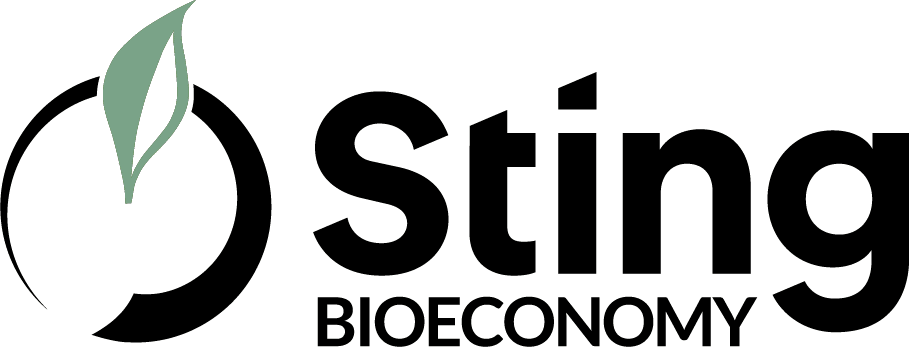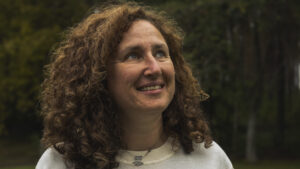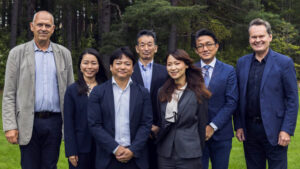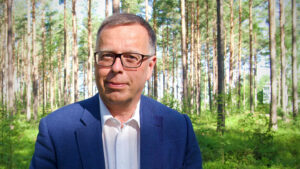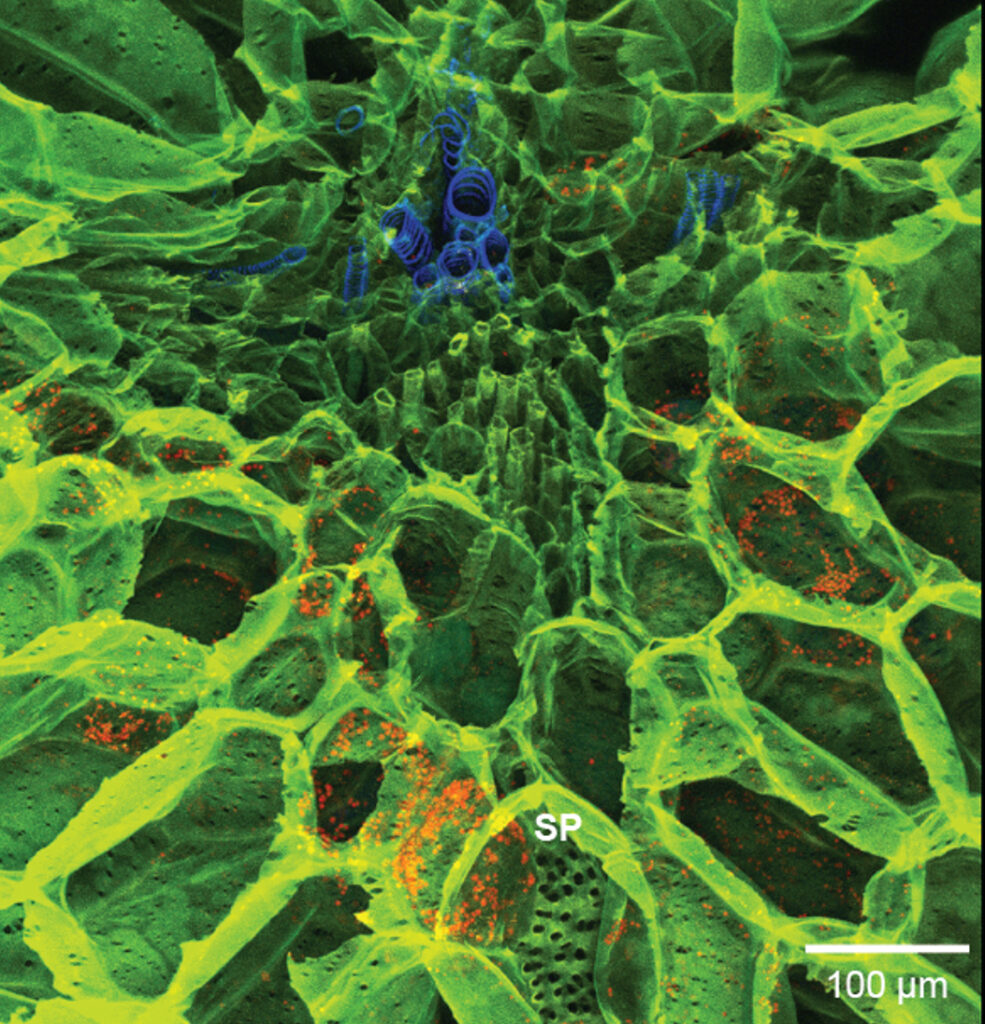
Scientific Reports 8, 3108 (2018). https://doi.org/10.1038/s41598-018-21466-y
With spearhead research and the groundbreaking sensor technology Optotracing™ as the foundation, Richter Life Science is now advancing in several exciting business areas. By being able to analyze the innermost components of plant fibers, immediate answers are created, contributing to energy and resource efficiency.
Richter Life Science has been a part of Sting Bioeconomy since 2020, and now the company chooses to relocate its main operations to Karlstad to get closer to the cluster of companies in the same segment that exist in the region.
Infrastructure for bioeconomy in Värmland
– There is an infrastructure when it comes to bioeconomy with incubators, companies, and networks. Karlstad and Värmland are a hotspot for wood chips and biomass, and it is undoubtedly a good match for us. Here, we get greater opportunities for collaboration, relevant contacts, and opportunities to meet the right types of investors, says founder Agneta Richter-Dahlfors.
– In addition, we can take advantage of the international networks that Sting Bioeconomy has. For example, we have been on a couple of trips to Canada for conferences that have opened doors to interesting meetings with other companies. It provides a good understanding of how locally specific markets and different issues can be, Agneta Richter-Dahlfors continues.
Richter Life Science operates in several business areas within biotech, there is the subsidiary Ebba Biotech, which has already established itself in the global market and offers the technology to research laboratories in both academia and industry. In the parent company, the focus is now primarily on establishing businesses and collaboration within green tech, which includes biomass, pulp, and the forest industry.
– There is great progress happening there now. Both when it comes to the established pulp industry, and towards new companies using chips and pulp in completely new ways. Their techniques are based on new types of industrial processes that require new types of measurement methods to be run efficiently, says Agneta Richter-Dahlfors.
A unique sensor technology
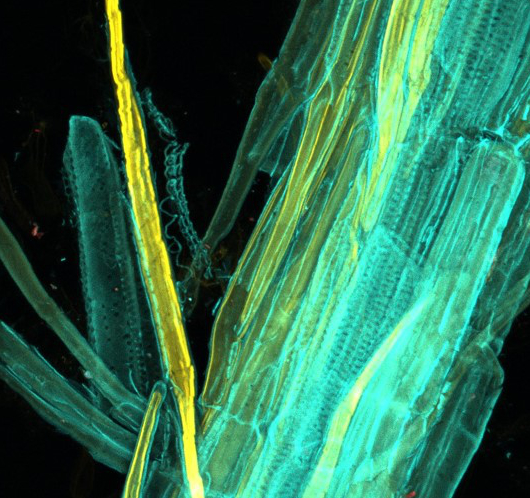
Blue = Lignin
From: A. E. Schmidt, F. X. Choong, A. Richter-Dahlfors, U. Edlund,
Advanced Sustainable Systems 2024, 2300632.
https://doi.org/10.1002/adsu.202300632
The unique and patented sensor technology Optotracing can be simplified as a layer X-ray, but for fibers. A tracking molecule is added to a sample or mass. When the molecule binds to the biopolymers in the sample, the molecule starts to glow. Because the molecules glow differently depending on what they are bound to, you can identify where the different biopolymers, such as cellulose and lignin, are in the sample.
– If you work with fibers from trees that have grown for 100 years compared to straw that has only grown for 6 months, the tissues have completely different chemical structures.
– By using our sensor technology, you get immediate feedback on where the lignin and cellulose are in the plant tissue, and how tightly they are connected to each other. The more you know about your raw material, the better you can fine-tune the processing of your biomass and thus reduce both energy and chemical consumption. Our technology is also suitable for online real-time analysis.

Blue = Lignin
From: A. E. Schmidt, F. X. Choong, A. Richter-Dahlfors, U. Edlund,
Advanced Sustainable Systems 2024, 2300632.
https://doi.org/10.1002/adsu.202300632
By integrating the measurements into the process, you get sample results in real-time, and with that information, you can optimize your process parameters immediately. So, you avoid the delay of sending samples to a laboratory and waiting for sample results before adjusting the process.
Another area of strong growth is the utilization of by-products from, for example, agriculture, where instead of burning the straw, one wants to use it as raw material to create new materials.
– Even for this type of biomass, it is important to know the composition of the fibers before and during processing, so we see this as another area where our technology can contribute to resource efficiency.
